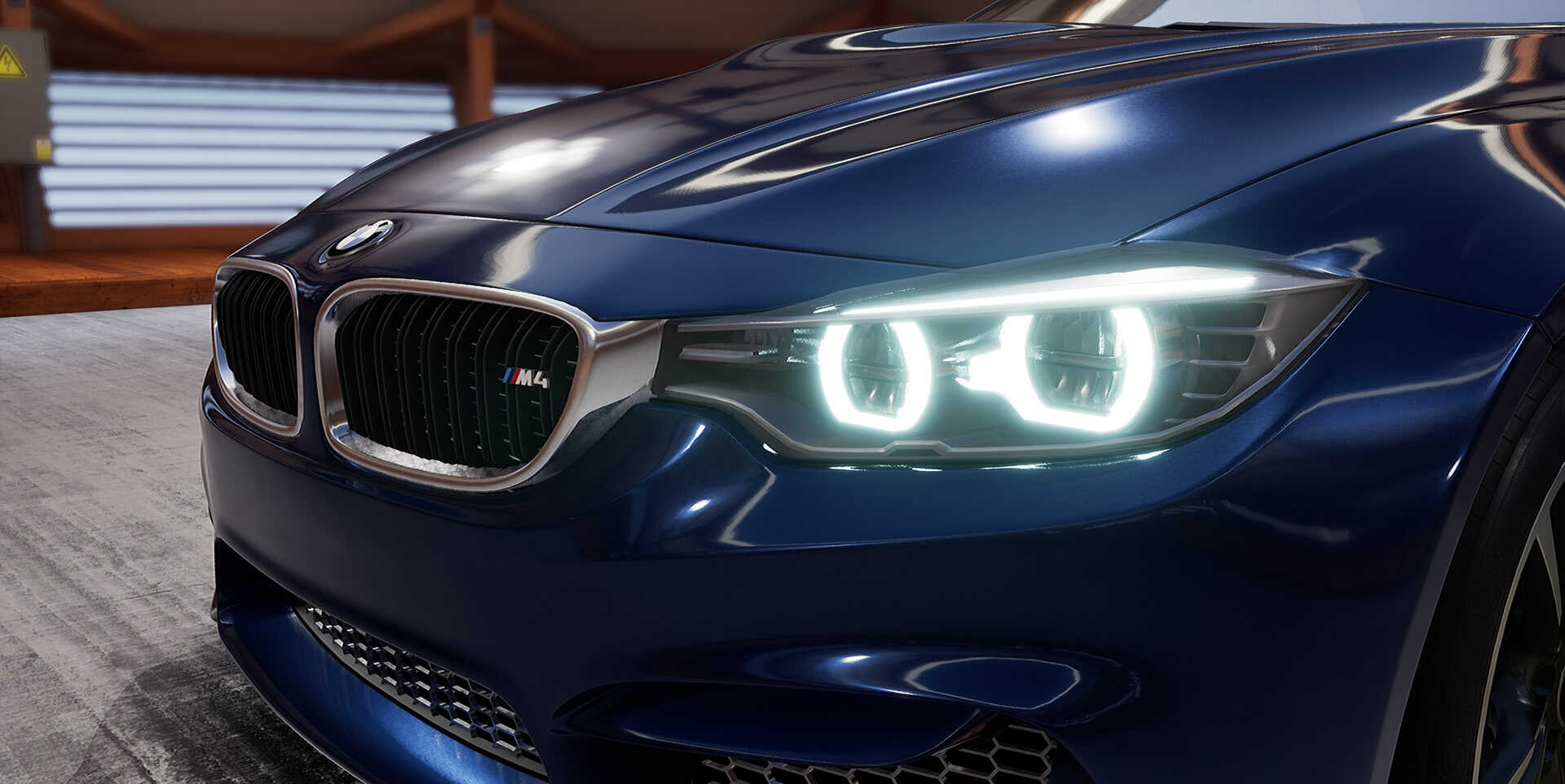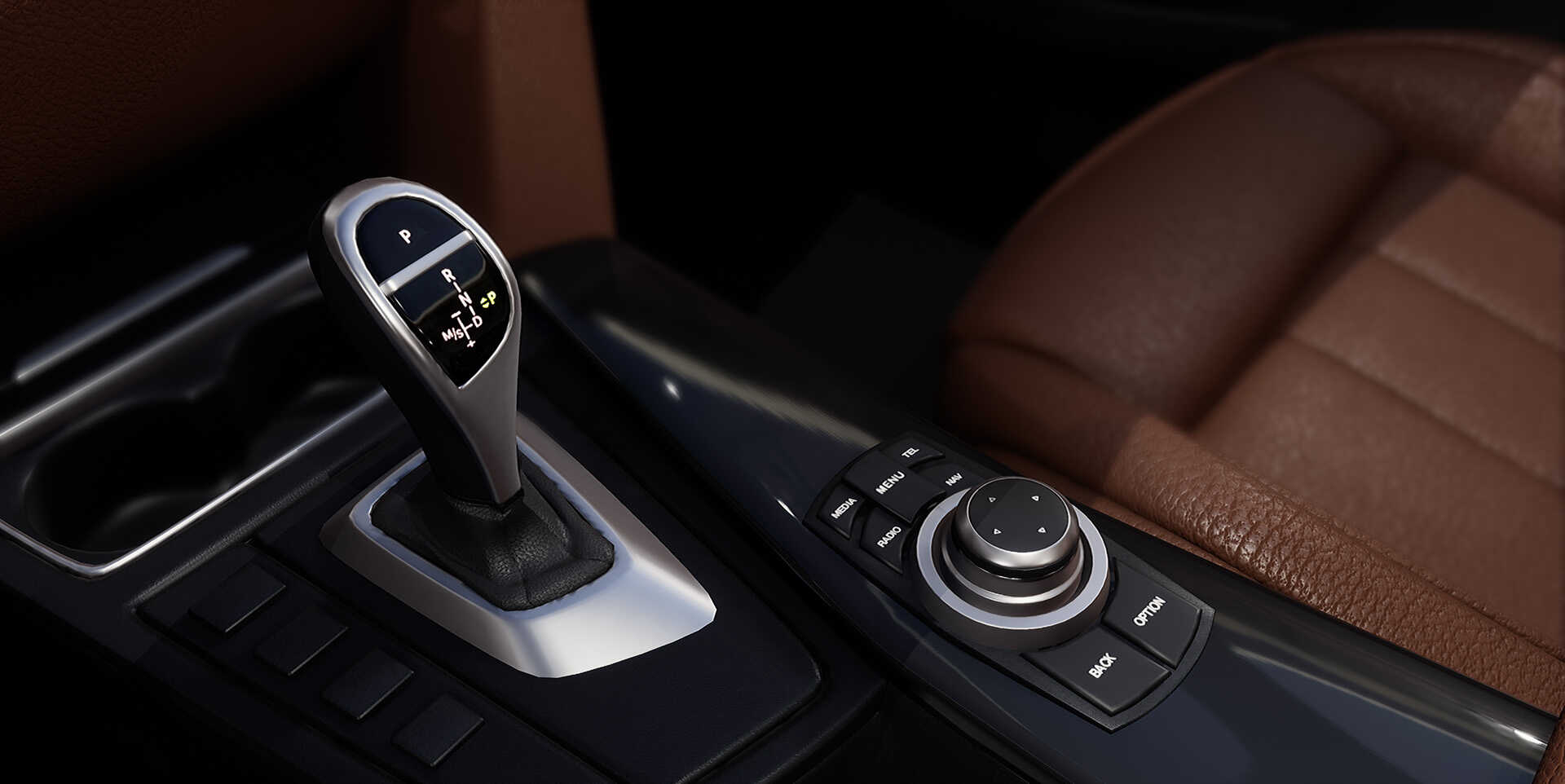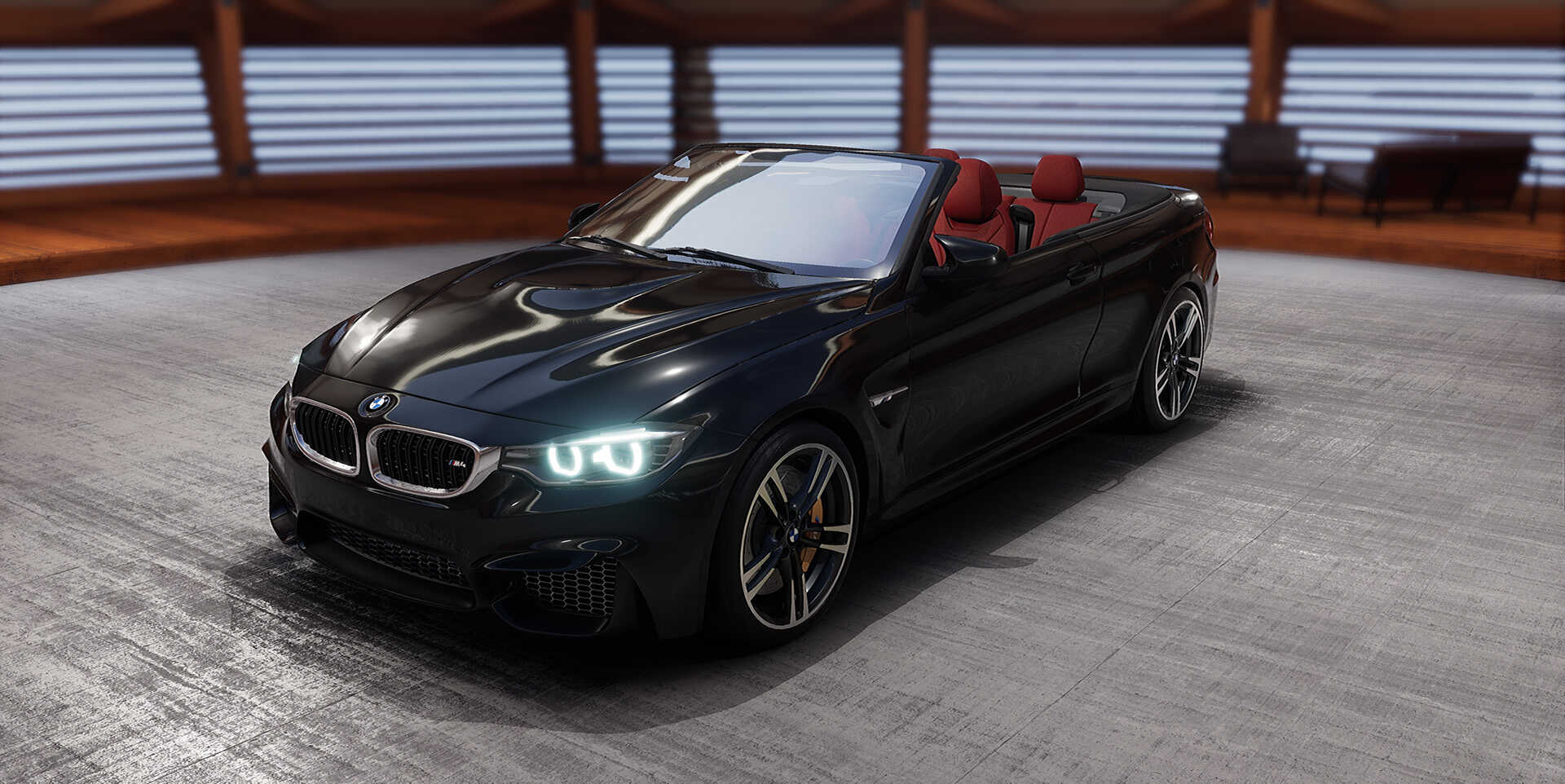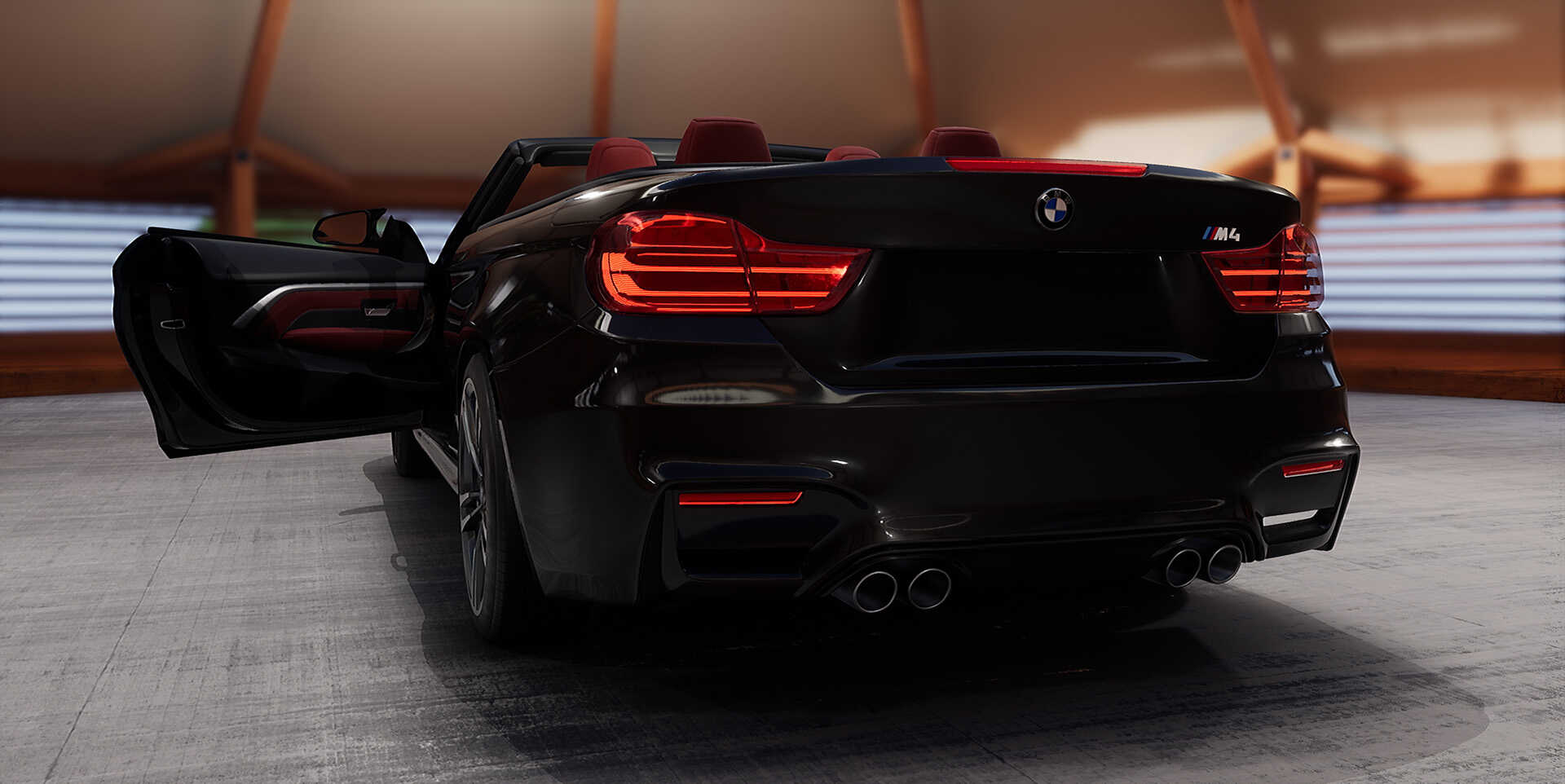My First Indie - Expedition Zero - Postmortem
A little step back to look at developement of my first indie game.
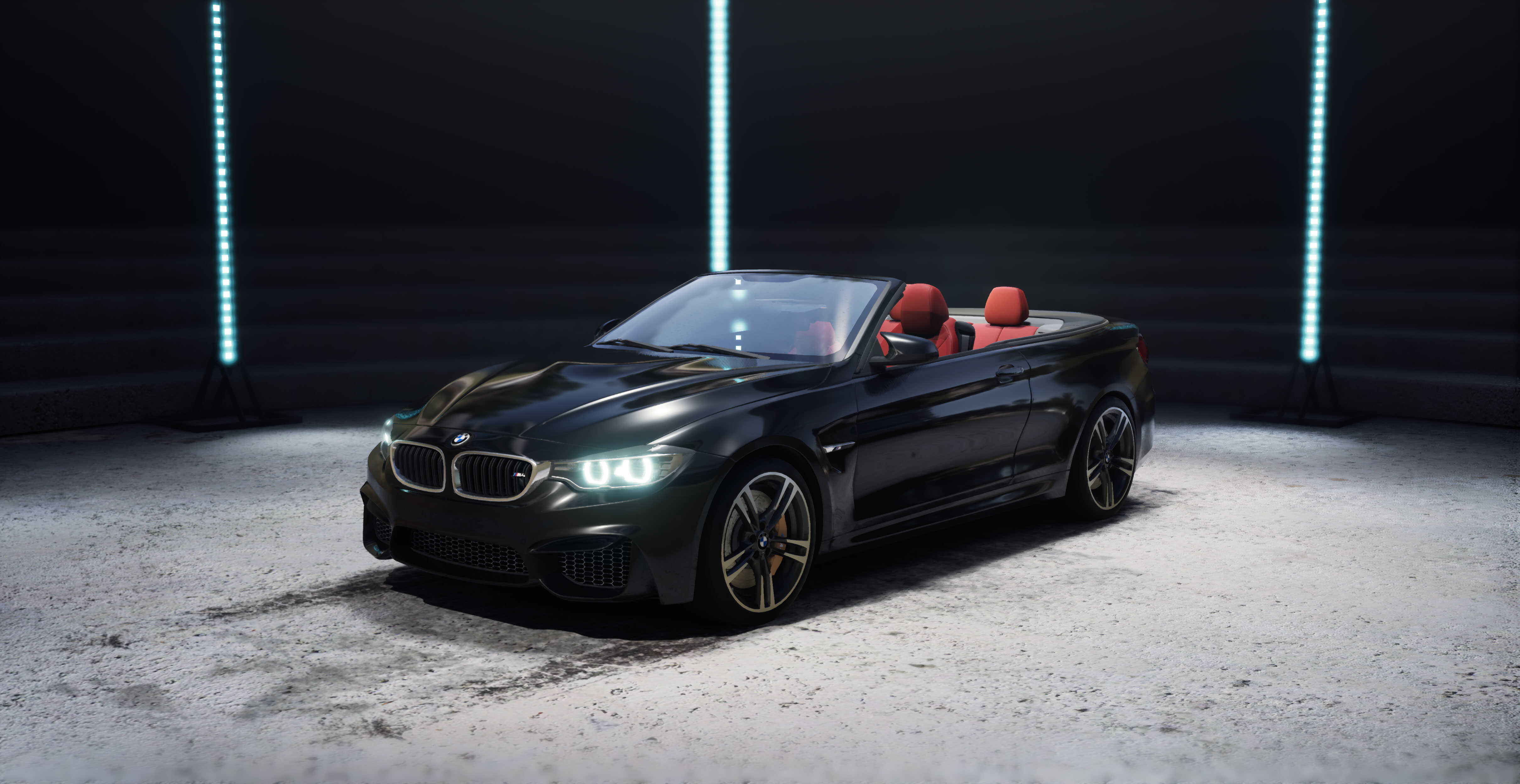
We were approached by a VR headset company that wanted us to create an “Automotive Holodeck”, that would be used screen content to present their VR technology. The VR headset had almost 10000 pixels on horizontal axis, so performance was of the utmost importance - basically the “holodeck” had to be realistic, but take as little of horsepower to render.
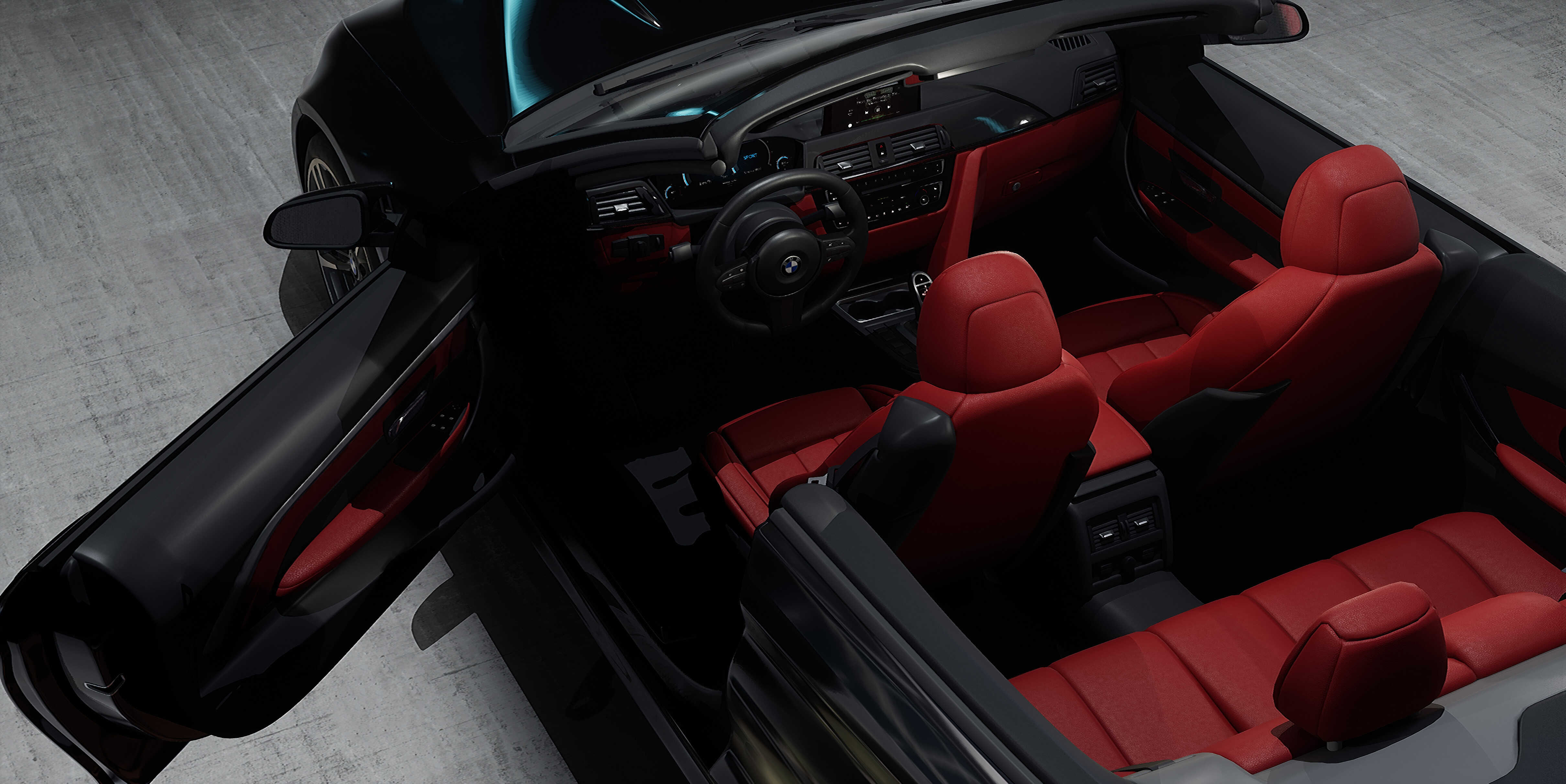
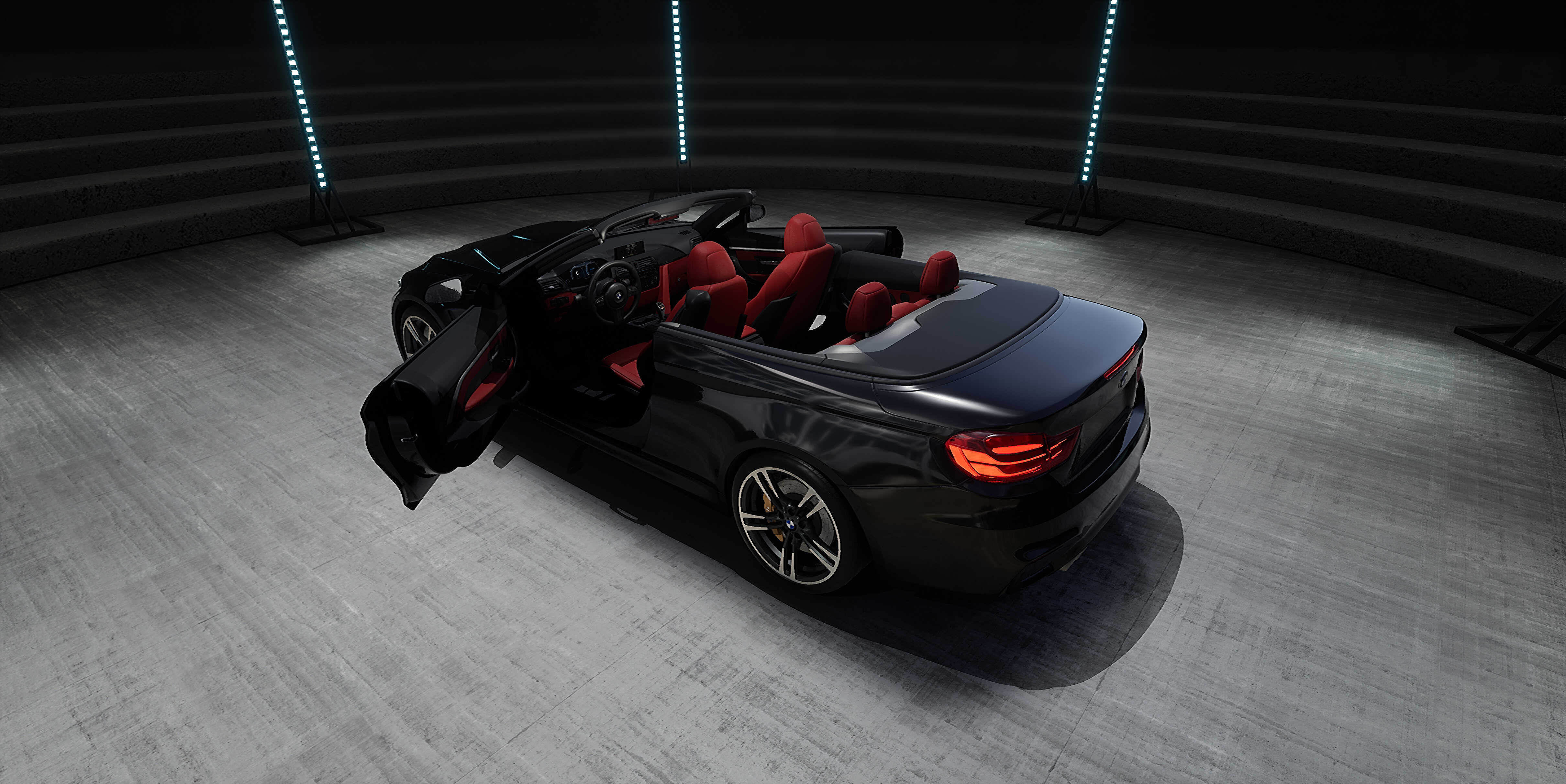
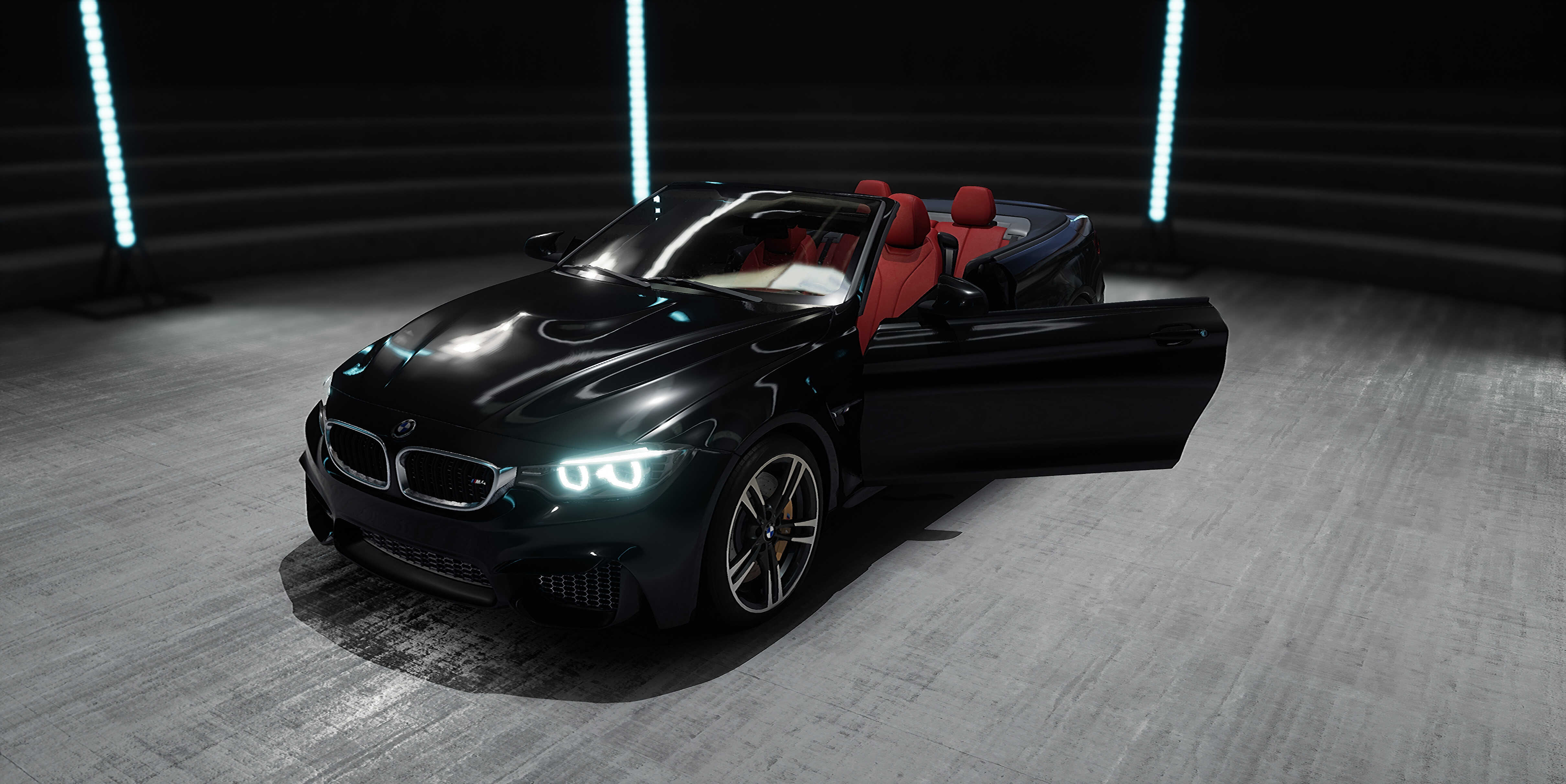
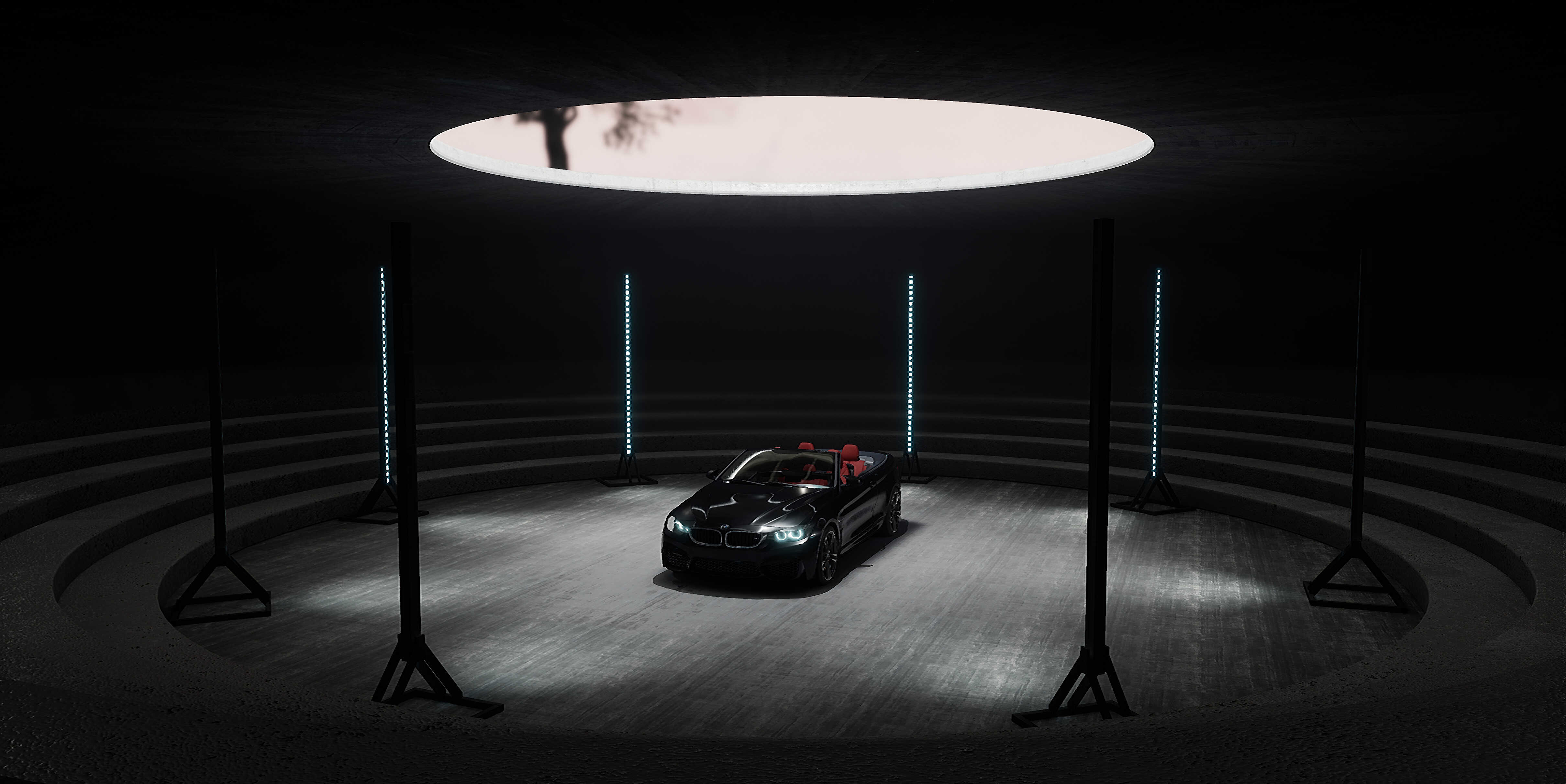
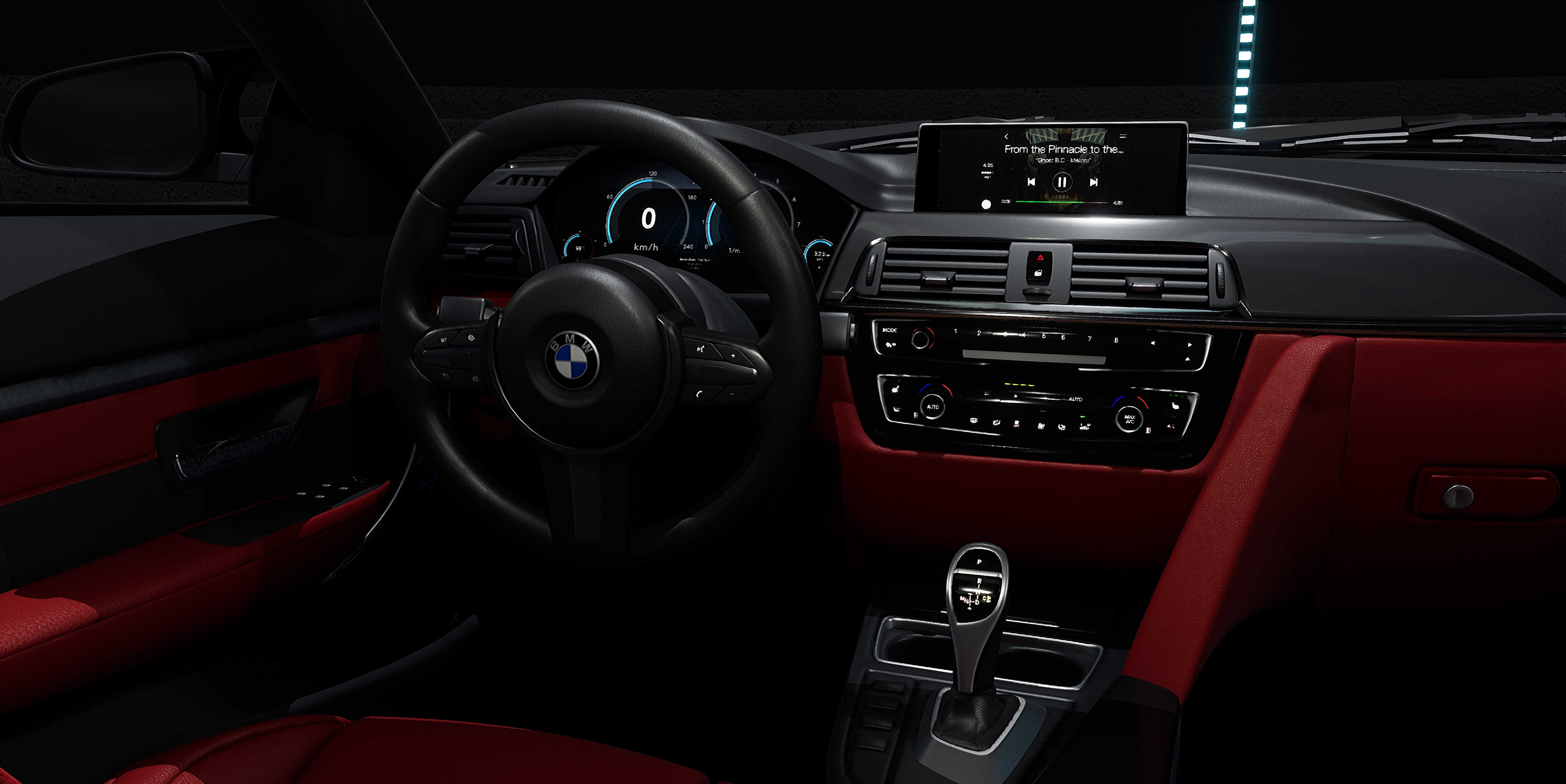
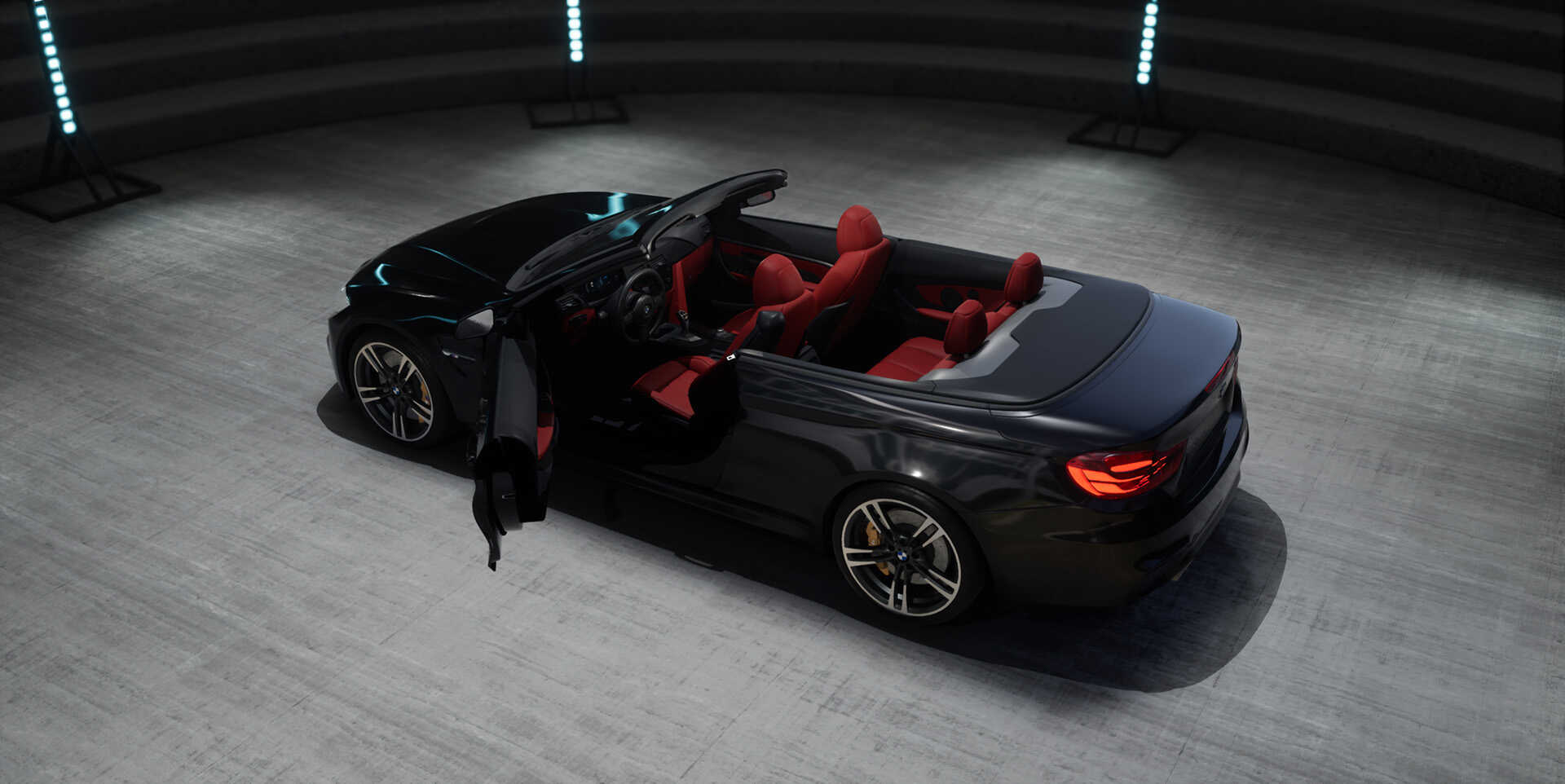
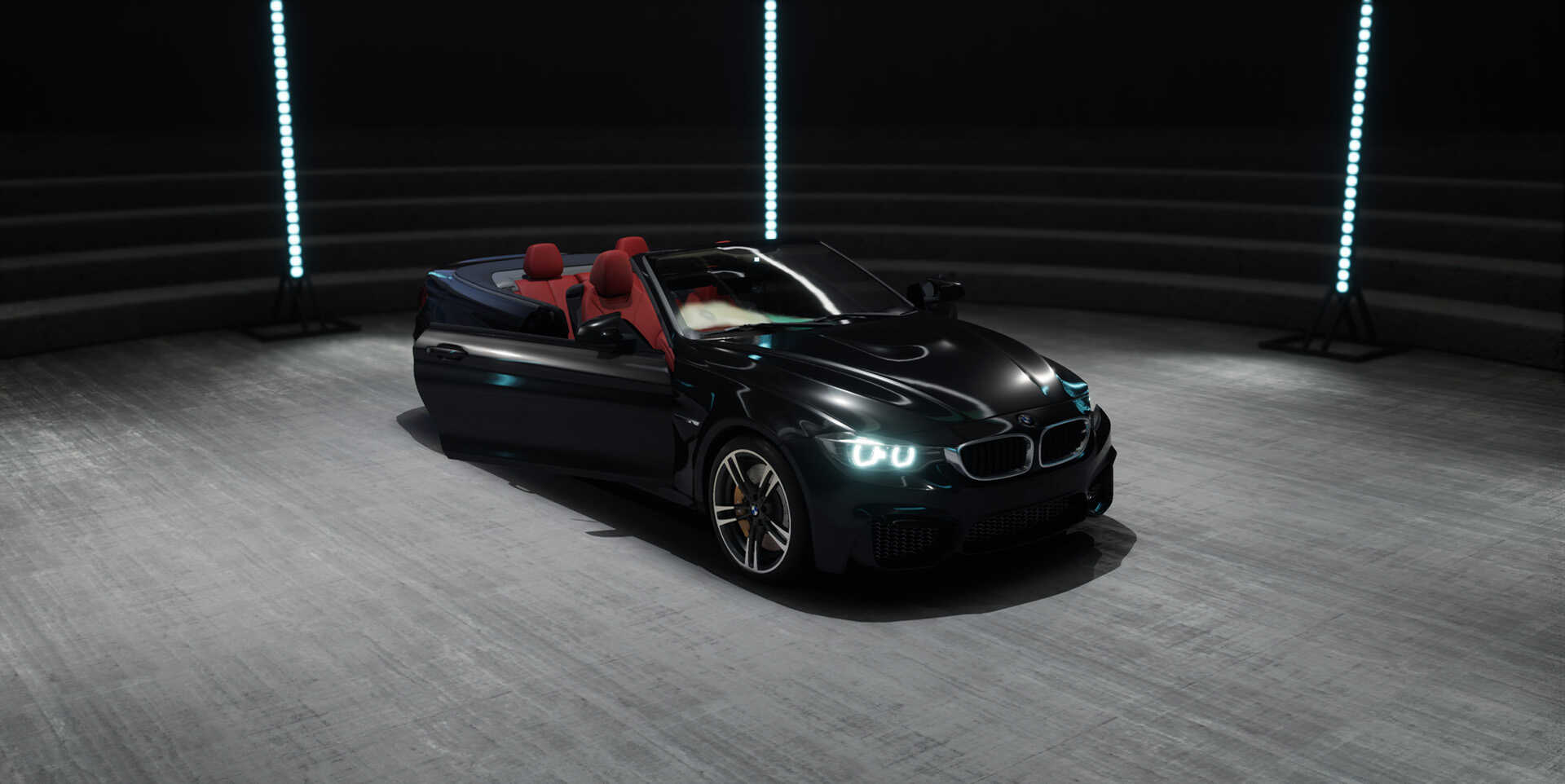
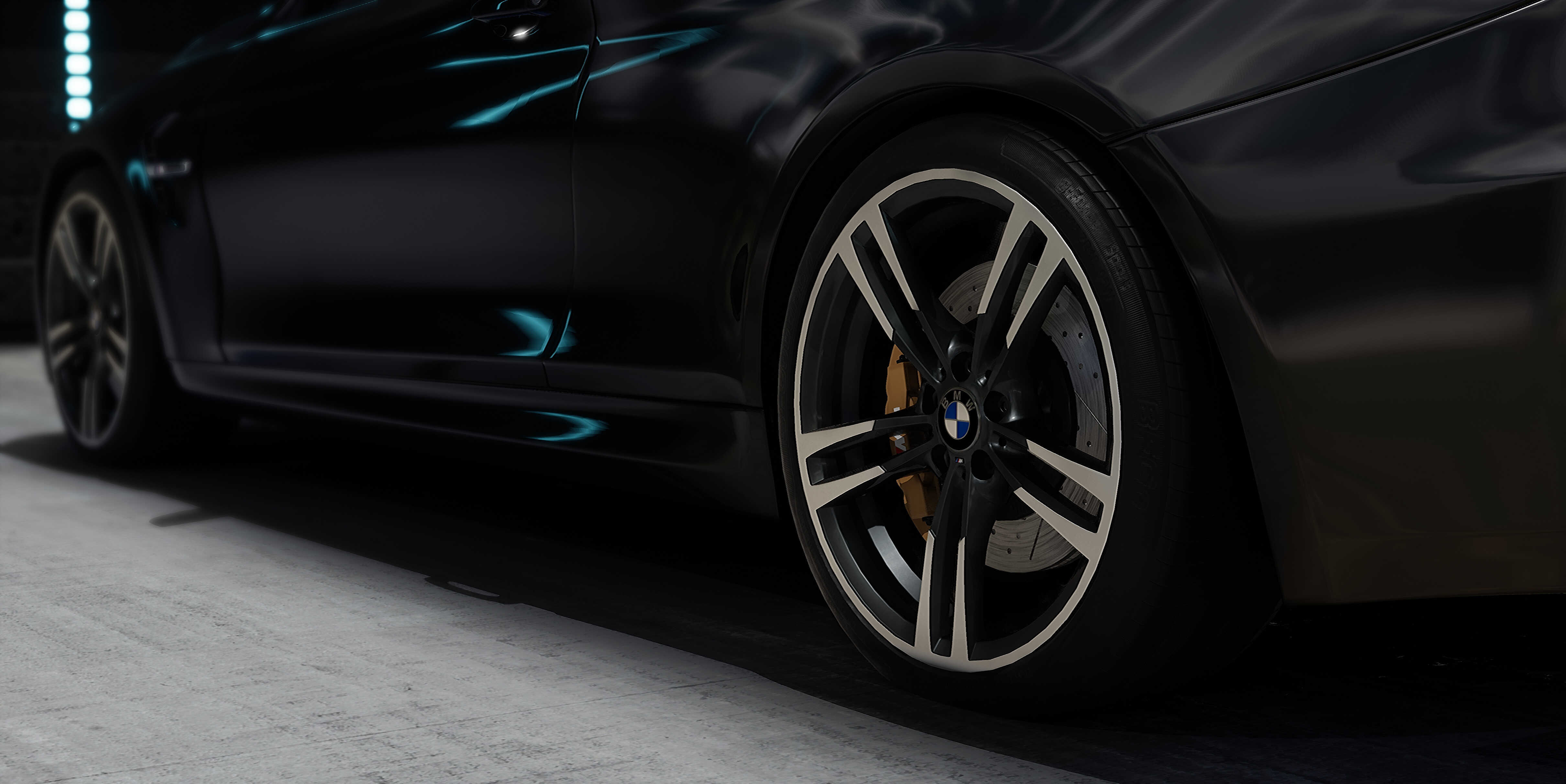
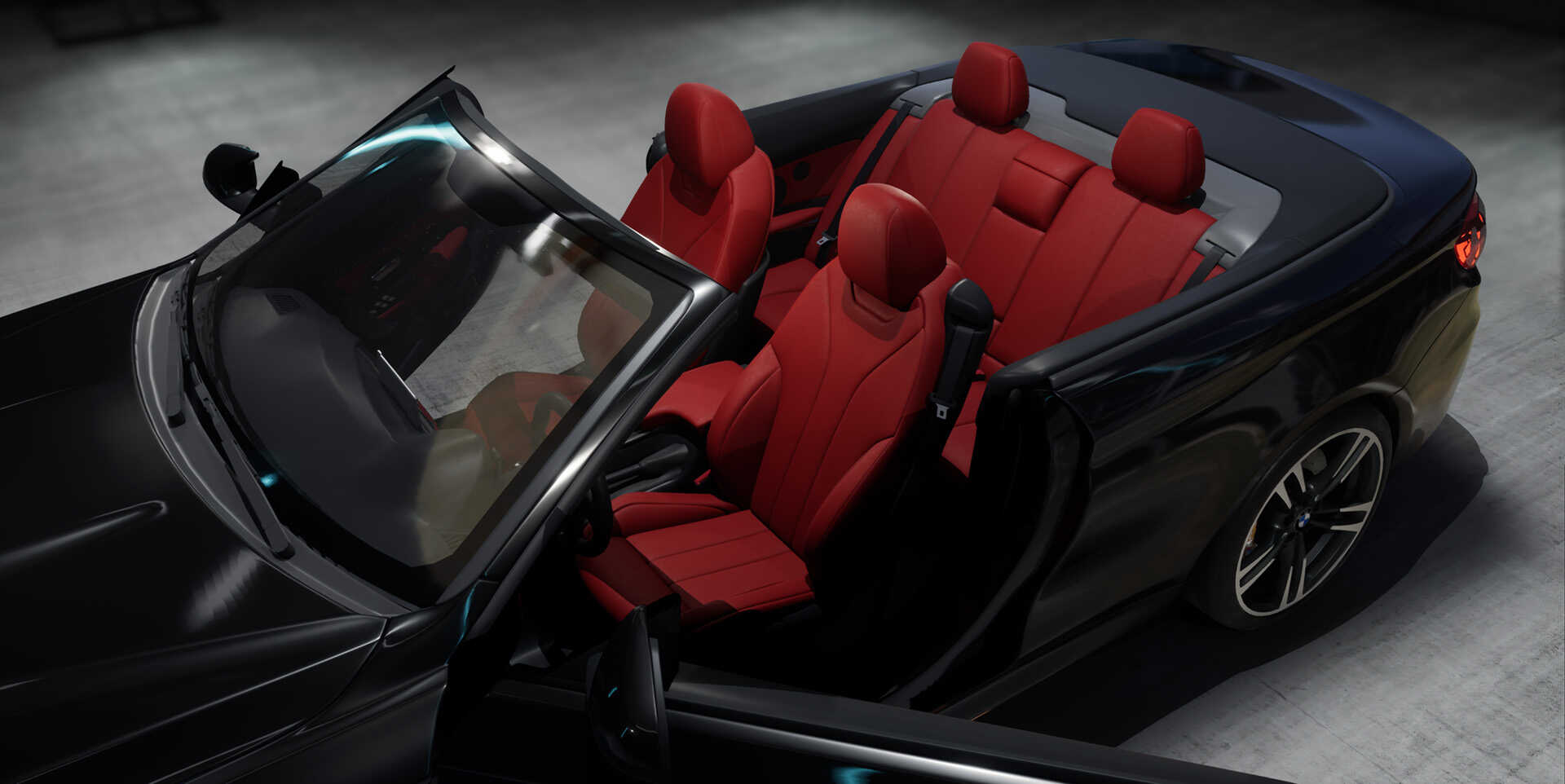
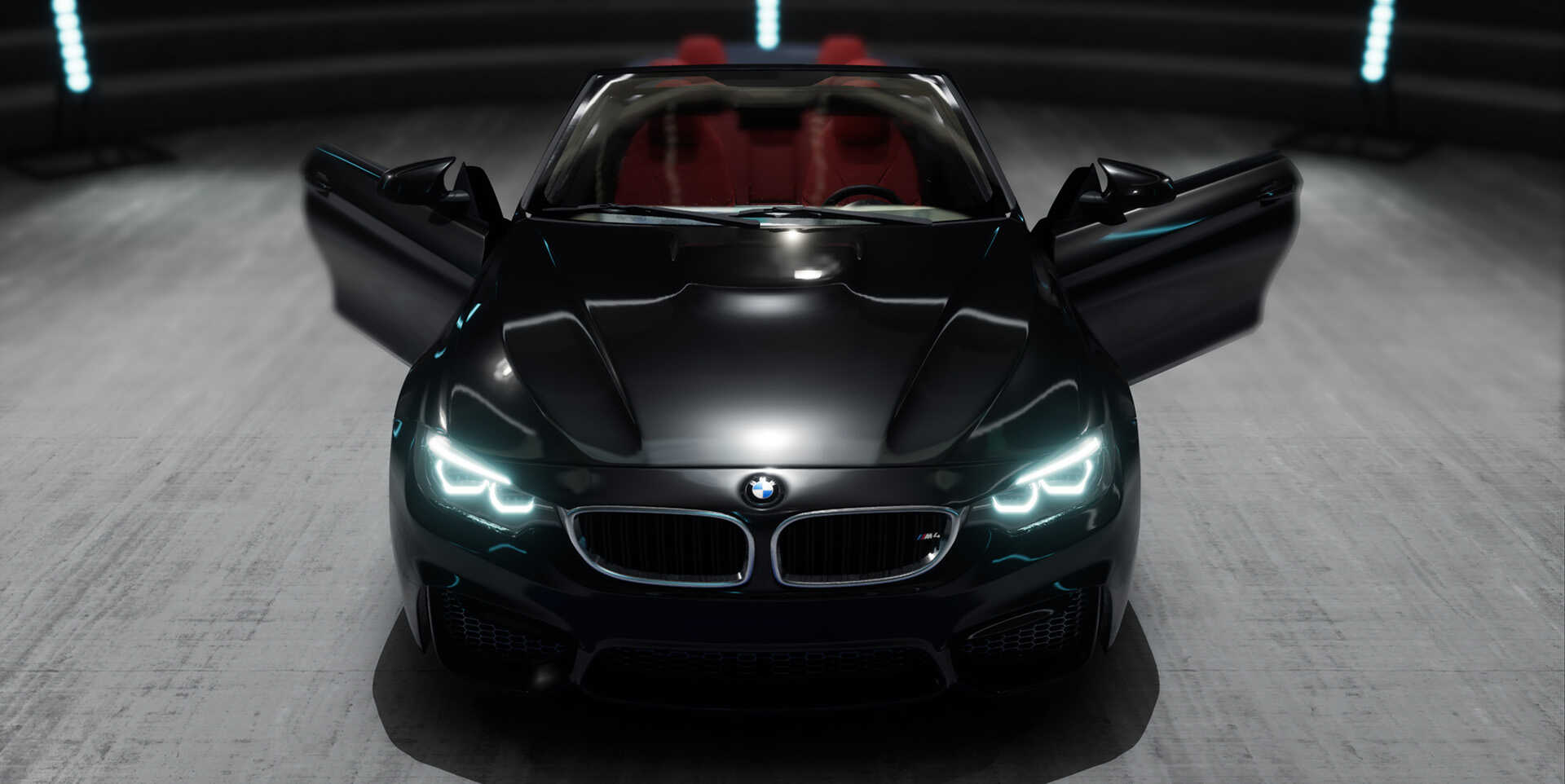
In the time we were making it, there was no real-time global illumination, and even today, I am not sure if it’s even possible to render real-time GI to VR. So, everything had to be baked by Unreal Engine, which proved to be more challenging than we thought.
The model was bought, but all polygons were hi-poly subdivision surfaces - many parts had to be manually readjusted, and some parts had to be remodeled from scratch.
We couldn’t use high to low baking of models, because the car model would be viewed very up close.
All the high-poly parts of the car had to be UW unwrapped by hand, so shadows maps will correctly bake in Unreal. This unwrapping was done in a way, so the pixel density was roughly equal across all polygons. Before we started this, we tested if Unreal can handle all the polygons - which it could.
There was an idea to bake the shadow maps directly in 3Ds Max, so no baking had to be done in Unreal. Though, it proved inefficient with car environment changes - reflections and shadows were off and not accurate. Therefore, some shadow quality was sacrificed, and baked directly in Unreal.
Some parts were interactive (interactivity was done by Leap Motion), so some shadow maps had to be corrected and painted in, in order to hide gaps where the moving model was pivoting inside static model.
The floor had no shadow maps at all, instead, the shadow on the floor is faked with Photoshop. That gave us that very smooth shadow, that makes the car truly fit into the scene. Some other shadows were faked as well.
Materials were modified Unreal Engine Automotive materials. They are usually world mapped, but we converted them to be UWV mapped, so there would be no seams on the car panels.

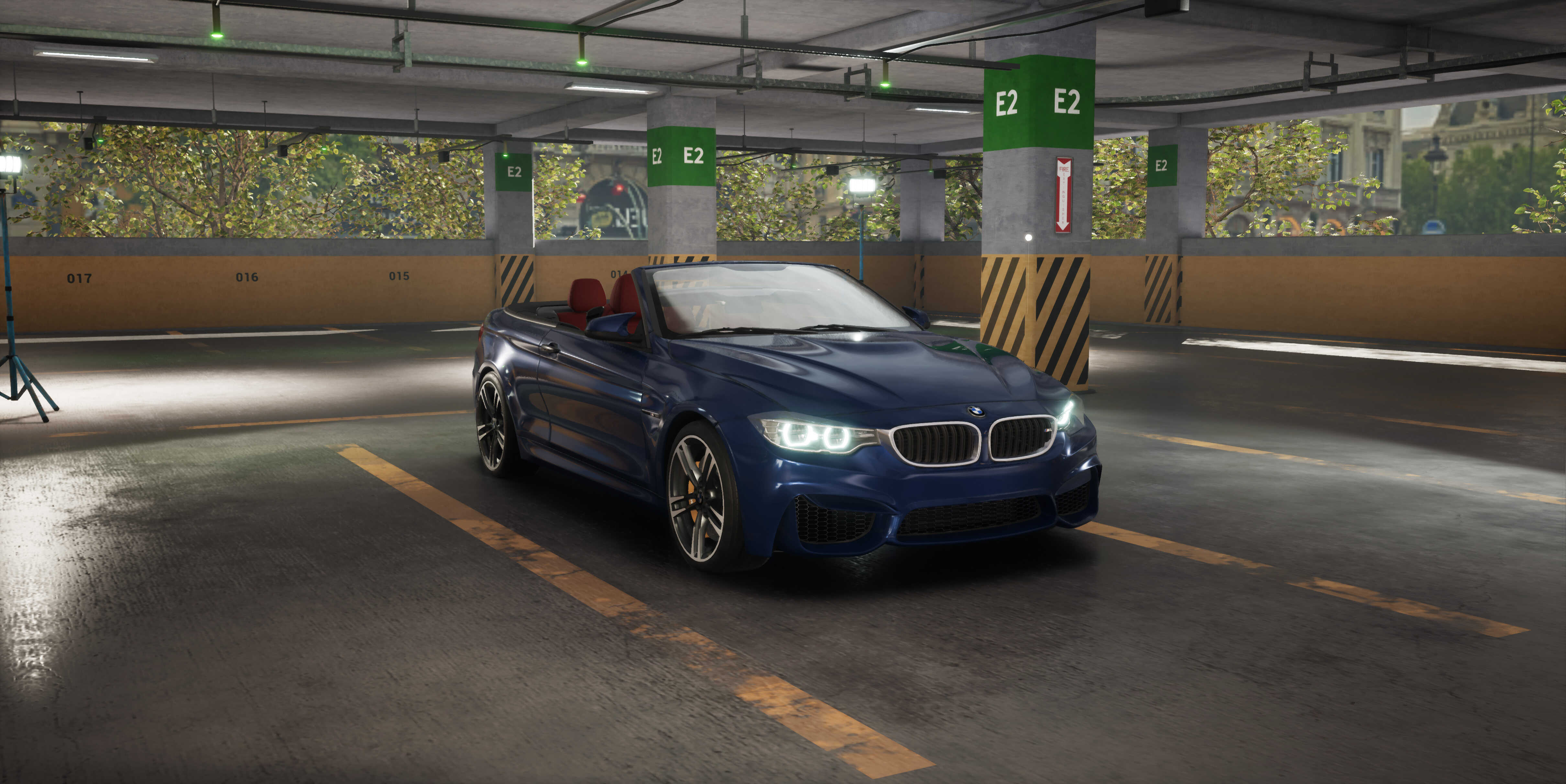
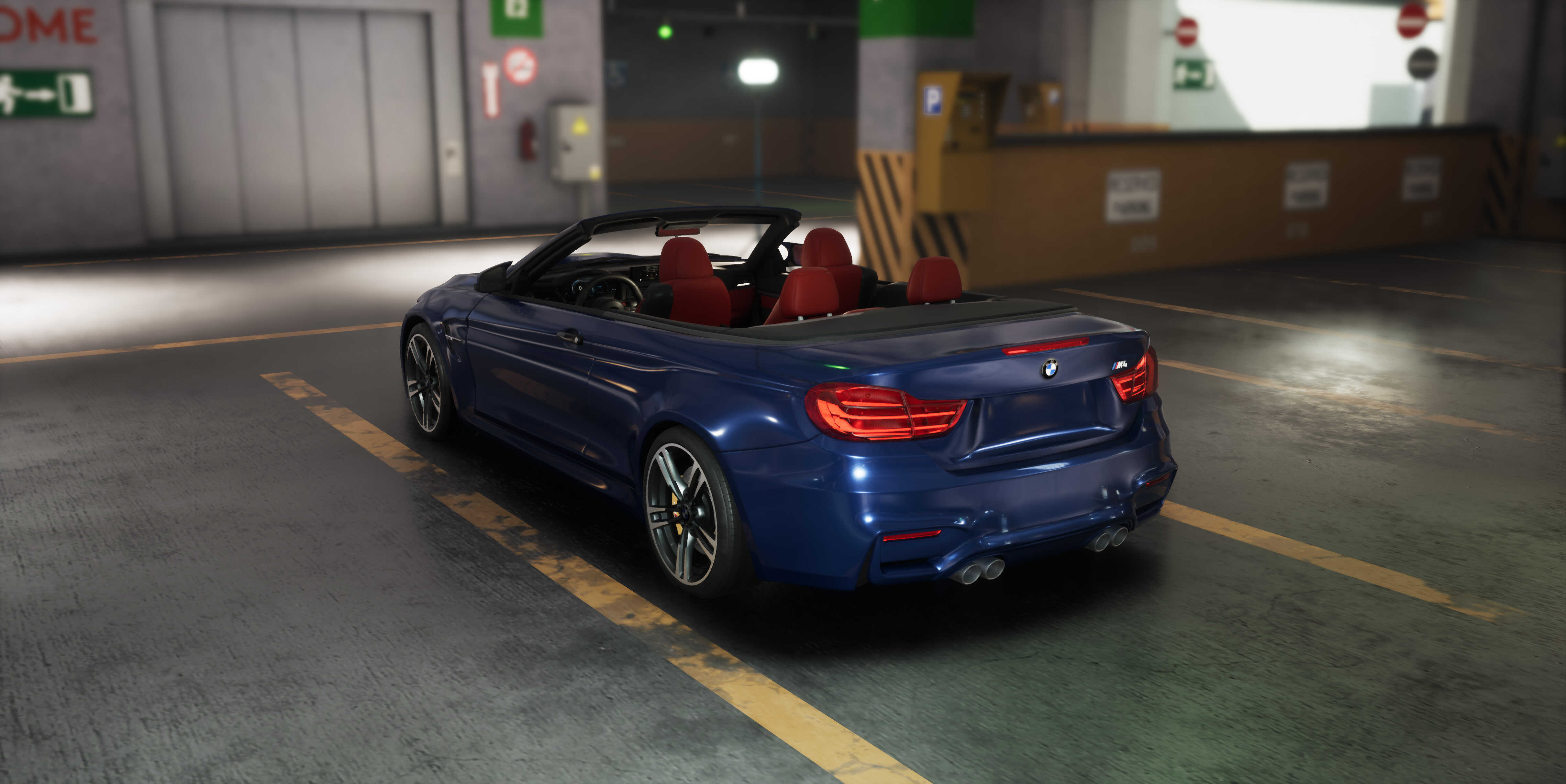
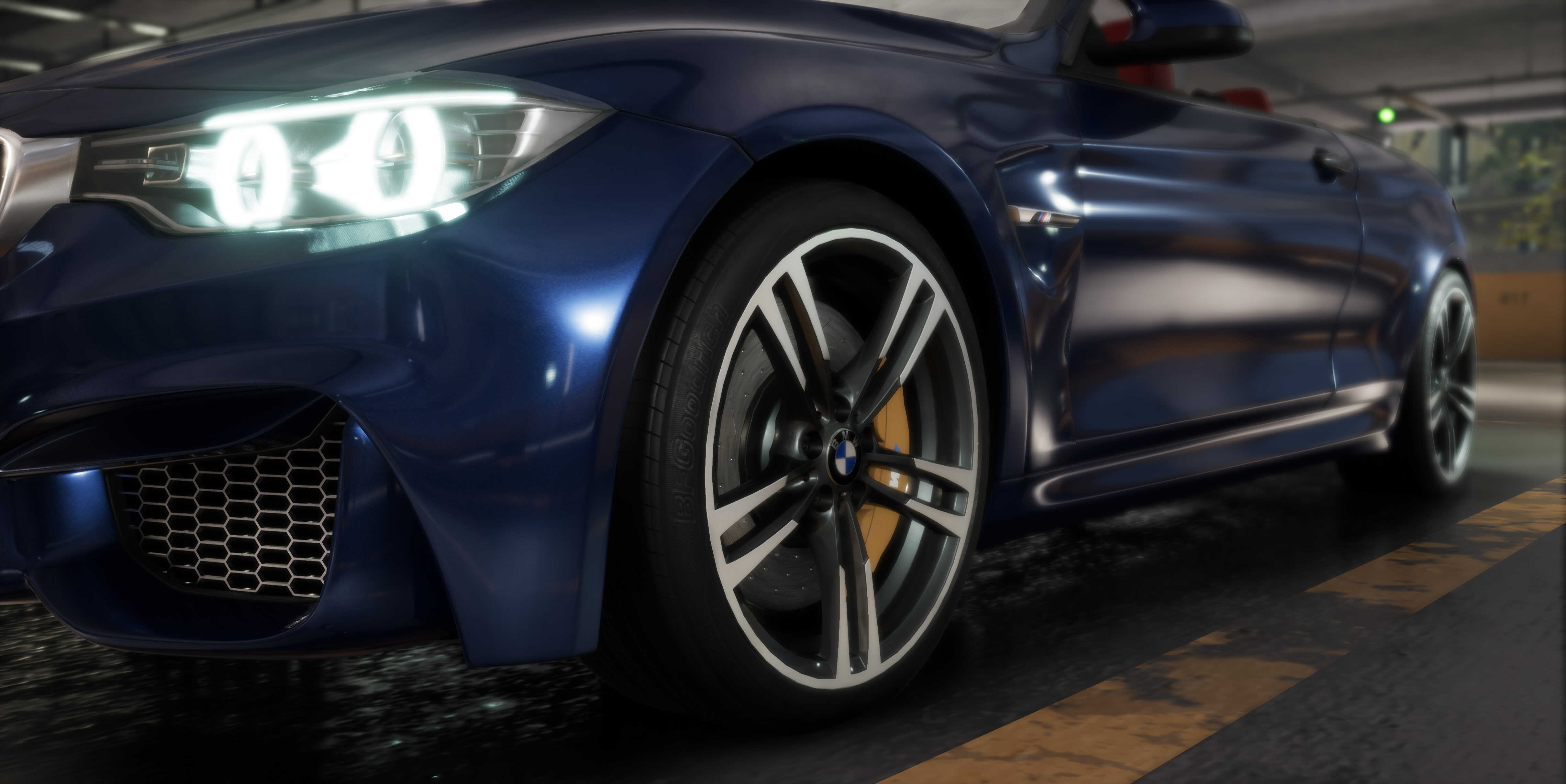
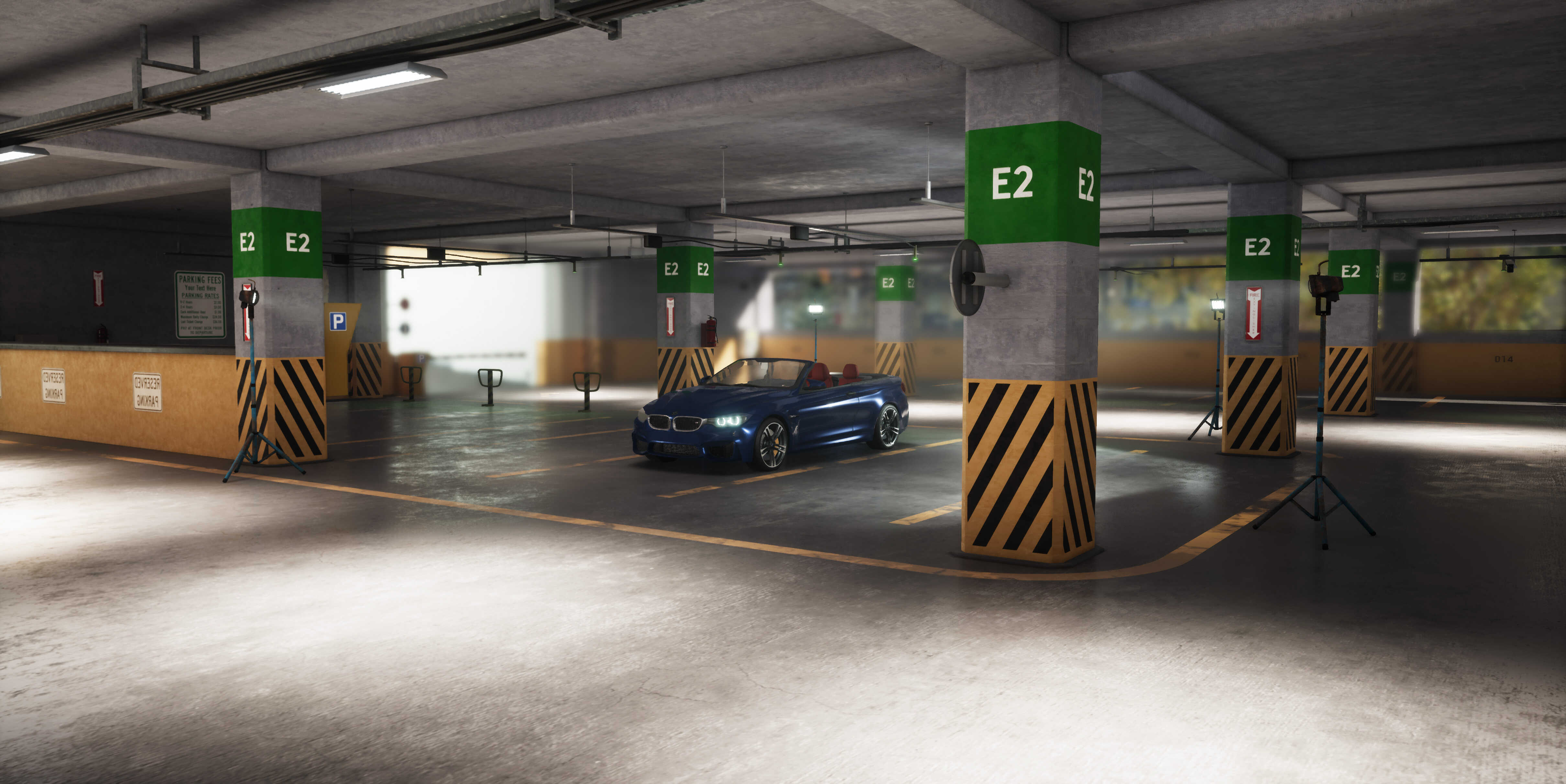
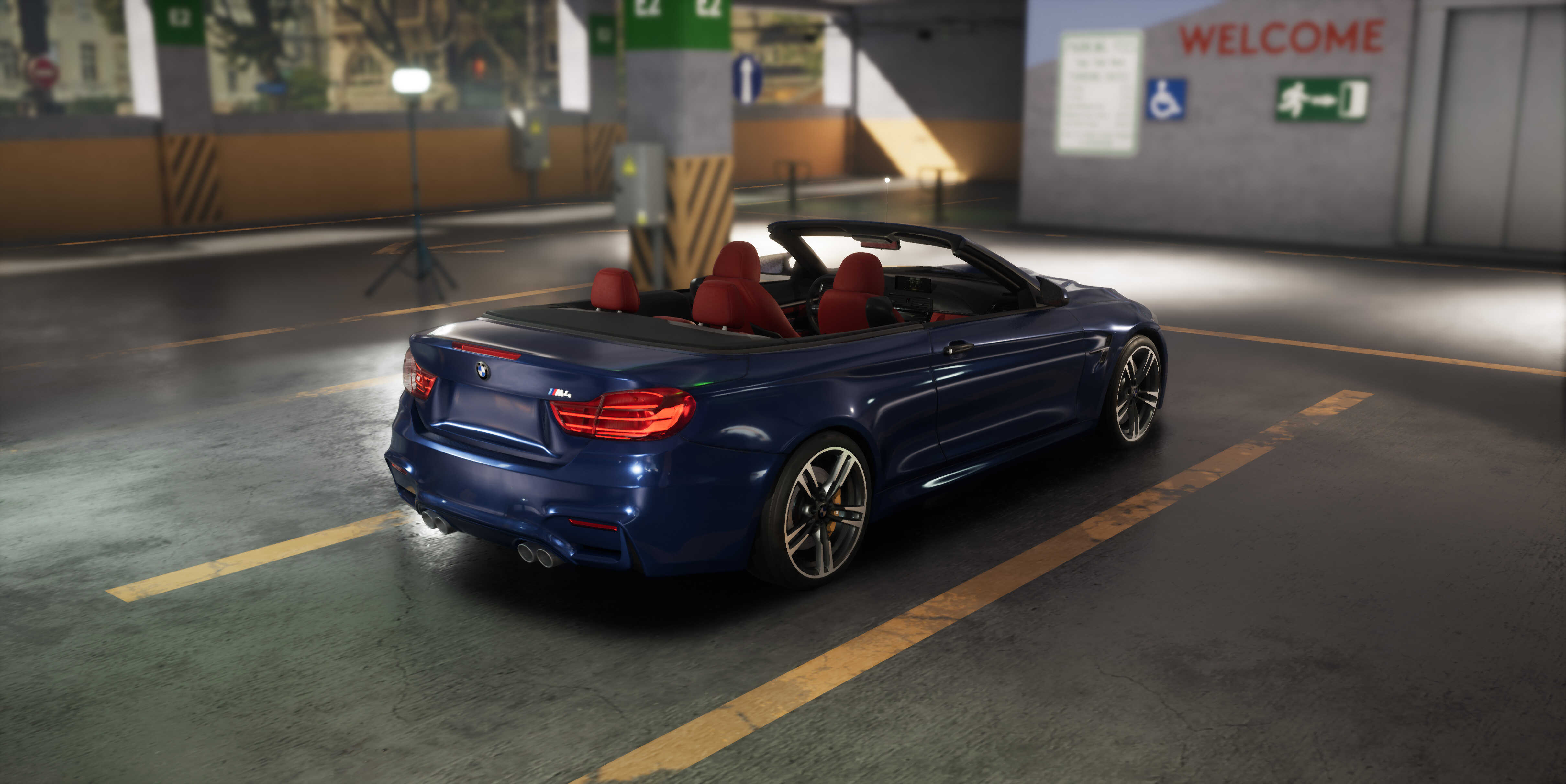
In the end the clients were very happy. The performance was well above 120 FPS (I believe 150 FPS) on almost 4k screen per eye (so 2x 4k), on GTX 1080.

